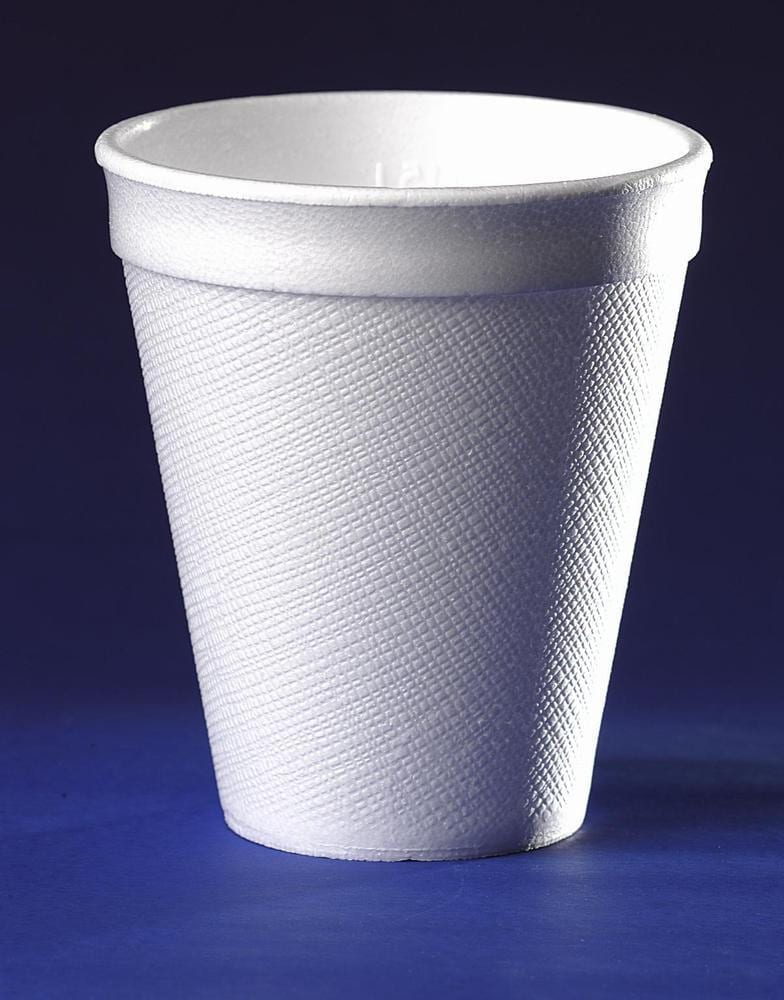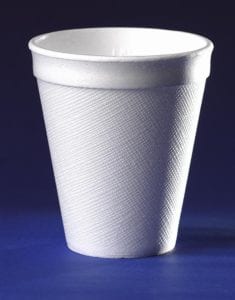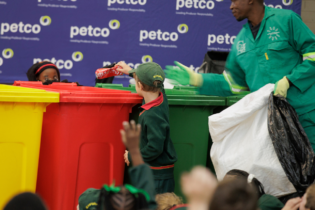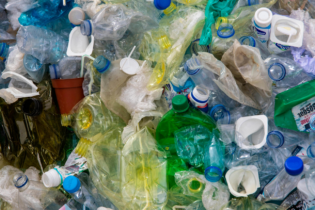 The Polystyrene Packaging Council (PSPC) has in recent years been very successful in its recycling efforts, with 2014 in particular being a break-through year for the industry as the council reaped the rewards of its recycling initiatives.
The Polystyrene Packaging Council (PSPC) has in recent years been very successful in its recycling efforts, with 2014 in particular being a break-through year for the industry as the council reaped the rewards of its recycling initiatives.
Why recycle polystyrene?
For one of the company’s main clients, Tafelberg Furnishers, Ehrenreich said the company found it challenging to provide cost-effective waste management to a company that had large amounts of polystyrene in its waste stream. “We were forced to turn a problem into an opportunity for ourselves and developed revenue channels to effectively handle the polystyrene,” he said.Recycling process
Once the polystyrene has been collected, Ehrenreich said that is gets sorted by machine and is either granulated, shredded or milled for use in other production processes.Greatest challenges
Ehrenreich said that the storage and transportation process was a big challenge due its volume and light weight. Polystyrene constitutes 2% material and 98% air, therefore transportation becomes a drawback as many trips are made to transport ‘air’. “The quicker we convert and reduce the volume the better,” he said. Building capacity and balancing the supply and demand factors were also “an incredible balancing act” which was worsened by the physical characteristics of the recyclable product, he added.Most of the polystyrene recycled by the company comes from the packaging, clothing or décor industry. However, “Post-consumer polystyrene used in the food industry is also something which is difficult to process at this stage due to the high levels of food contamination,” Ehrenreich said, and added that the company was working on solutions to increase its capabilities to process post-consumer food packaging.
On a positive note, he said that more people were becoming aware of recycling as the enquiries for polystyrene recycling, from commercial consumers and other waste management companies, was on the rise.







